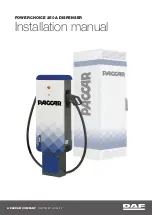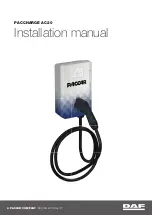
SAFETY
134
Seat Belts And Pregnant Women
Pregnant Women And Persons With Serious
Medical Conditions
Pregnant women should always wear seat
belts. Ask your doctor for specific recom
-
mendations.
The lap belt should be worn SNUGLY AND
AS LOW AS POSSIBLE OVER THE HIPS.
The shoulder belt should be worn across your
shoulder properly, but never across the
stomach area.
Seat Belts And Pregnant Women
Persons with serious medical conditions also
should wear seat belts. Check with your
doctor for any special instructions regarding
specific medical conditions.
Emergency Locking Mode
When the seat belt is fastened, it will always
be in the emergency locking mode.
In the emergency locking mode, the belt
remains comfortable on the occupant and
the retractor will lock in position during a
collision.
If the belt is locked and cannot be pulled
out, retract the belt once, and then try
pulling it out slowly. If this fails, pull the belt
strongly one time and loosen, then pull it out
again slowly.
Seat Belt With Automatic Locking Mode
When the seat belt is fastened, it will always
be in the emergency locking mode until it is
switched to automatic locking mode by
pulling it all the way out to its full length.
If the belt feels tight and hinders comfort
-
able movement while the vehicle is stopped
or in motion, it may be in the automatic
locking mode because the belt has been
pulled too far out.
To return the belt to the more comfortable
emergency locking mode, wait until the
vehicle has stopped in a safe, level area,
retract the belt fully to convert it back to
emergency locking mode and then extend it
around you again.
Automatic Locking Mode
Always use the automatic locking mode to
keep the child-restraint system from shifting
to an unsafe position in the event of an acci
-
dent.
To enable seat belt automatic locking mode,
pull it all the way out and connect it as
instructed on the child restraint system. It
will retract down to the child restraint system
and stay locked on it.
Never install a rear-facing child restraint
in the front seat of a vehicle. Only use a
rear-facing child restraint in the rear
seat. If the vehicle does not have a rear
seat, do not transport a rear-facing child
restraint in that vehicle.
WARNING! (Continued)
















































